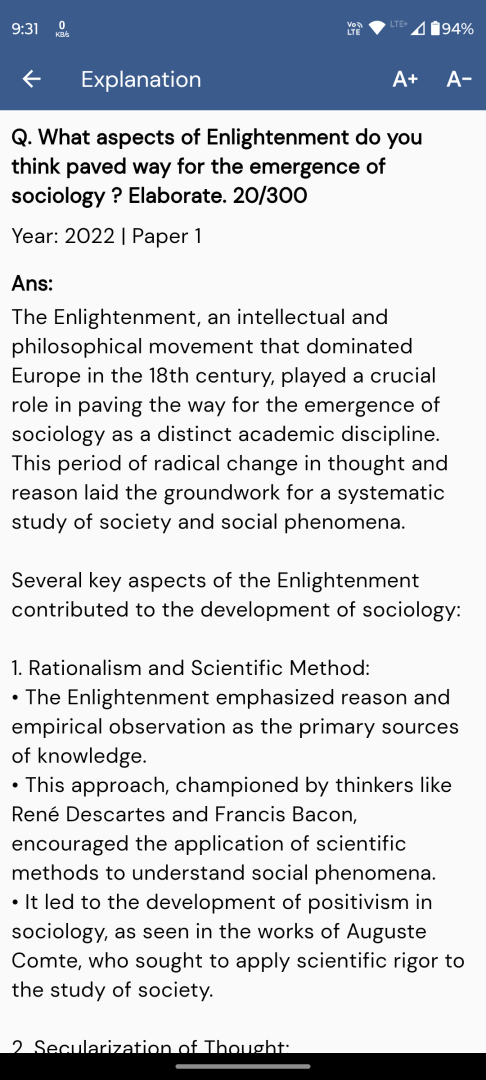Q. In what respects have the constitutional provisions changed the socio-economic and political conditions of Scheduled Castes and Scheduled Tribes in India? Critically examine.
UPSC Sociology 2025 Paper 2
Model Answer:
The Indian Constitution’s policy of ‘protective discrimination’ has served as an instrument of social engineering for Scheduled Castes and Scheduled Tribes. While catalyzing significant changes, the impact reveals a persistent gap between formal and substantive equality.
Political Empowerment
Constitutional provisions have democratized political space through:
– Reserved constituencies (Articles 330-332) ensuring proportional representation in Parliament and State Assemblies
– Panchayati Raj reservations (73rd/74th Amendments) enabling grassroots participation
– Emergence of assertive Dalit politics exemplified by BSP’s rise, challenging upper-caste hegemony
– Rise of SC/ST leaders to highest offices—K.R. Narayanan as President symbolizing political mainstreaming
However, Christophe Jaffrelot notes this often results in ‘tokenism’, where elected representatives remain dependent on party high commands rather than functioning as autonomous community voices.
Socio-Economic Advancement
Article 16(4) and 15(4) provisions have facilitated:
– Educational mobility: Literacy among SCs increased from 10% (1961) to 66% (2011); scholarships enabling higher education access
– Employment opportunities: Creation of educated middle class through public sector reservations, as observed by Andre Beteille
– Legal protection: Prevention of Atrocities Act (1989) and Protection of Civil Rights Act (1955) providing anti-discrimination framework
– Targeted schemes: Special Component Plan and Tribal Sub-Plan earmarking funds for development
Critical Limitations
Despite constitutional safeguards, structural challenges persist:
Economic Inequality: Benefits largely cornered by urban educated elite—the ‘creamy layer’—while rural majority remains landless and impoverished. Private sector exclusion and declining public employment further limit opportunities.
Social Discrimination: Ghanshyam Shah highlights continued prevalence of untouchability and caste atrocities. Manual scavenging persists despite prohibition; weak implementation undermines legislative intent.
Tribal Marginalization: STs face displacement through development projects, with Fifth and Sixth Schedule protections frequently violated, eroding cultural rights, traditional livelihoods, and forest access.
Conclusion: Constitutional provisions created a rights framework and enabled Dalit-Adivasi political consciousness. However, deep-rooted caste hierarchies persist. The transition from de jure to de facto equality requires comprehensive social reform beyond legal measures.





